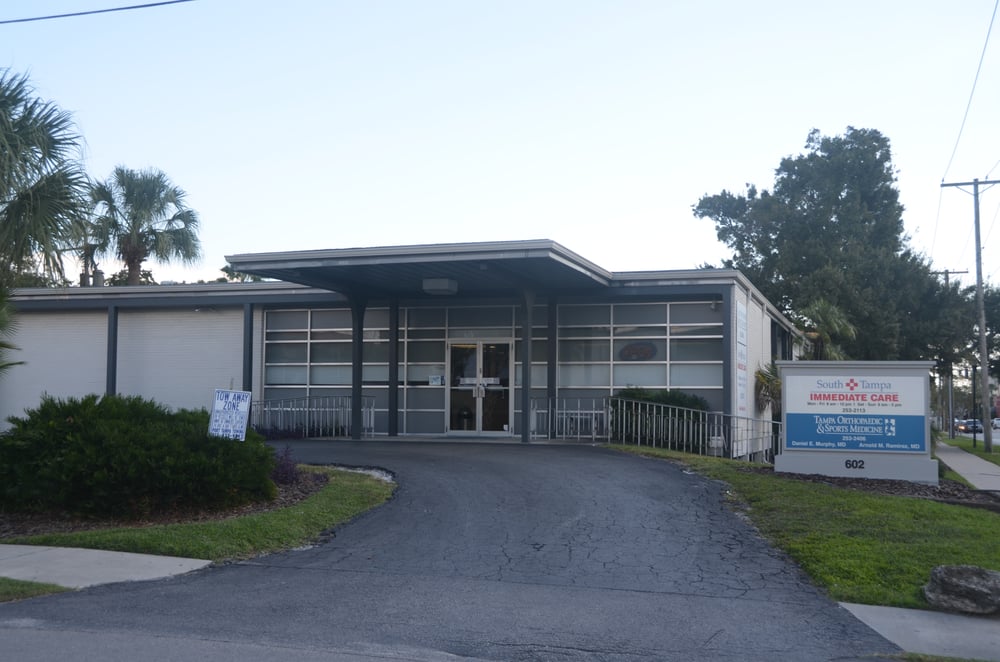In today’s fast-paced tech landscape, agility is no longer just an advantage—it’s a necessity. As software development evolves, embracing agile methodologies offers developers a way to enhance productivity, foster collaboration, and adapt to changing project requirements. This guide delves into the principles of agile, providing insights on navigating agile methodologies and tips for adopting agile practices for success.
What is Agile?
At its core, agile is a mindset that emphasizes flexibility, customer collaboration, and rapid iterations. Unlike traditional development approaches that rely on rigid structures and lengthy planning phases, agile encourages teams to respond swiftly to changes. This adaptability is crucial in a world where user expectations shift quickly, and technological advancements can disrupt the status quo.
Agile methodologies—such as Scrum, Kanban, and Extreme Programming (XP)—offer frameworks for implementing this mindset. Each has unique practices and roles, but all share the same foundational values outlined in the Agile Manifesto. These values prioritize individuals and interactions, working software, customer collaboration, and responsiveness to change.
Getting Started with Agile
To begin mastering agile for developers, it’s essential to understand the key components that drive this approach. First, familiarize yourself with the agile principles and values. Engage with the Agile Manifesto and explore how its tenets can reshape your workflow.
Next, consider the specific methodology that aligns best with your team’s needs. If you thrive in structured environments with defined roles, Scrum might be your best bet. Conversely, if you prefer visualizing tasks and managing workflows, Kanban could be more suitable.
Once you’ve identified your approach, embrace the importance of communication. Agile thrives on collaboration and transparency, so establish regular check-ins and updates. Daily stand-ups, sprint planning sessions, and retrospective meetings create opportunities for team members to share progress, address concerns, and strategize for the next steps.
Iterative Development: The Heart of Agile
One of the most transformative aspects of agile is its focus on iterative development. Rather than delivering a complete product at the end of a long cycle, agile encourages frequent releases and continuous feedback. This means that developers can build small, functional increments of software over time.
Start by breaking down projects into manageable chunks called user stories. These stories capture specific features or functions that provide value to users. By prioritizing user stories and delivering them in short sprints—typically lasting two to four weeks—teams can respond quickly to user feedback, ensuring that the final product aligns with customer expectations.
Incorporating tools like Jira or Trello can help visualize and manage these user stories effectively. Such tools facilitate the tracking of progress and the prioritization of tasks, allowing teams to stay organized while thriving in an agile development environment.
Emphasizing Collaboration and Feedback
A hallmark of agile is its emphasis on collaboration, not just within the development team but also with stakeholders and end users. Frequent communication fosters a culture of transparency, enabling teams to identify challenges early and pivot as necessary.
Incorporating feedback loops into your process is essential. After each sprint, conduct a retrospective meeting where team members can reflect on what went well, what didn’t, and how to improve moving forward. This practice of continuous improvement is fundamental to adopting agile practices for success.
Moreover, engaging with customers throughout the development process enhances the product’s relevance. By seeking user input during demos or beta testing phases, developers can ensure that their work meets real-world needs and expectations. This alignment ultimately leads to a more successful product launch.
Developing a Growth Mindset
To truly succeed in an agile framework, cultivating a growth mindset is crucial. Embrace challenges as opportunities for learning and improvement. Agile methodologies thrive on experimentation, and not every approach will yield immediate results. Learning from setbacks and adjusting strategies accordingly will help you grow as a developer.
Encourage a culture of innovation within your team. Allow space for brainstorming sessions and creative problem-solving discussions. This encourages team members to share diverse perspectives and push boundaries, ultimately leading to more innovative solutions.
Conclusion
Embracing agile methodologies is a transformative journey that can significantly enhance a developer’s effectiveness. By navigating agile methodologies, adopting agile practices, and fostering collaboration and feedback, developers can thrive in today’s dynamic software landscape. Remember, agile is not just about following a set of processes; it’s about cultivating a mindset that embraces change and promotes continuous improvement. As you embark on this journey, you’ll discover that agility not only improves your projects but also elevates your skills and career in software development.




More Stories
From Novice to Expert: Your Software Developer Journey
Software Developer: Navigating a Thriving Career
How to Stand Out as a Software Developer